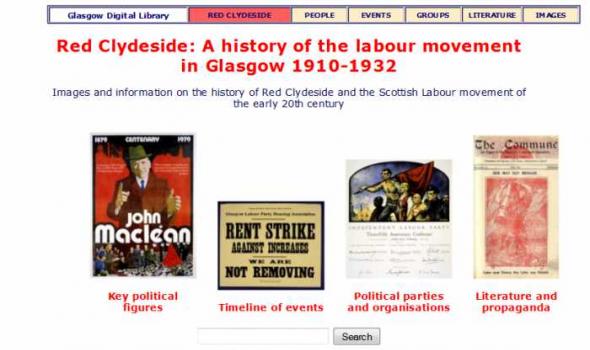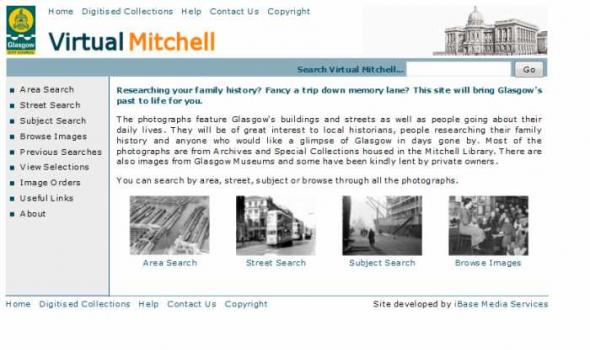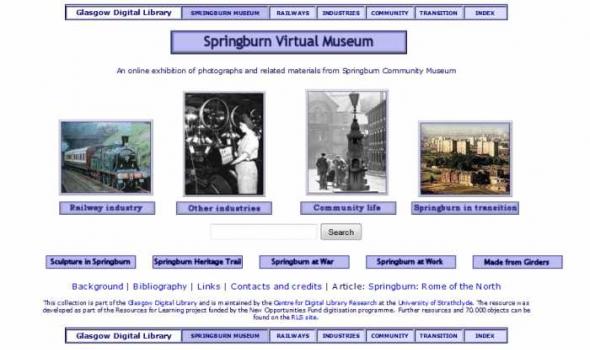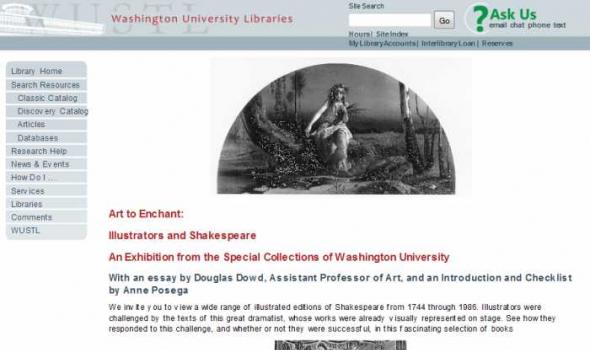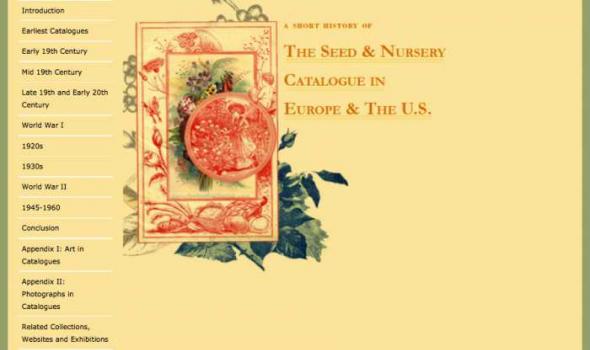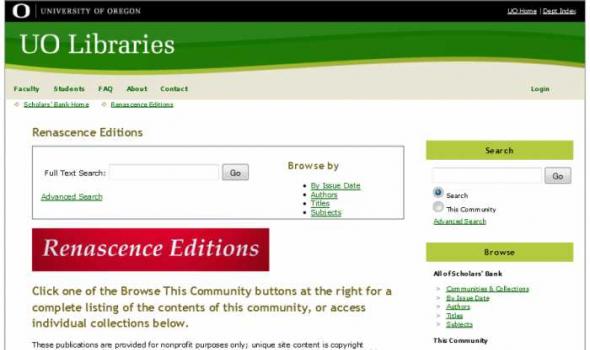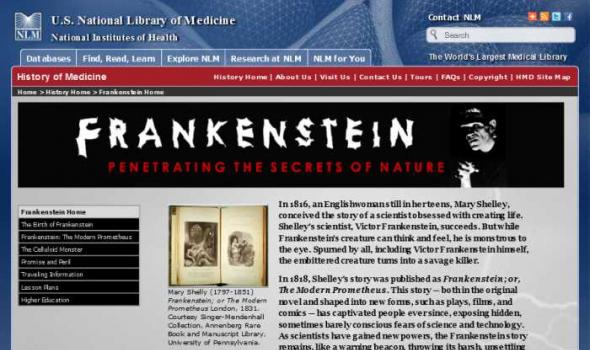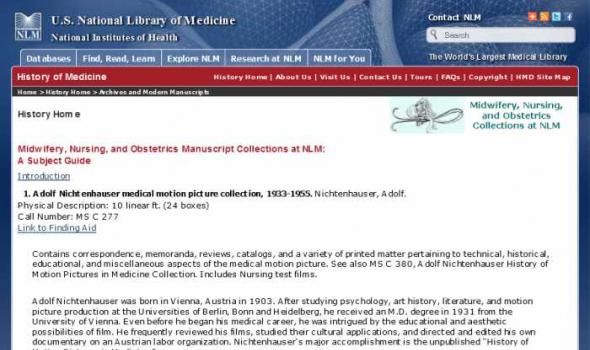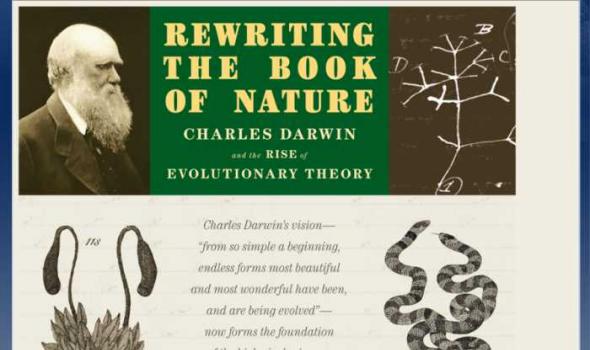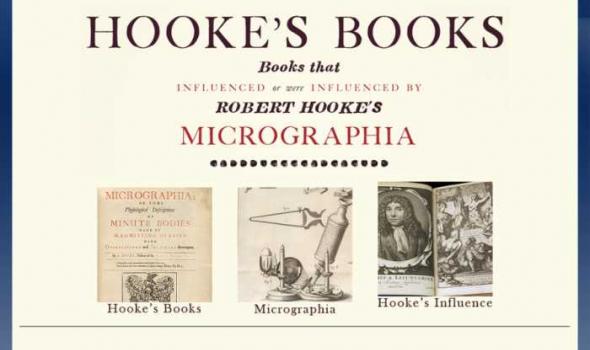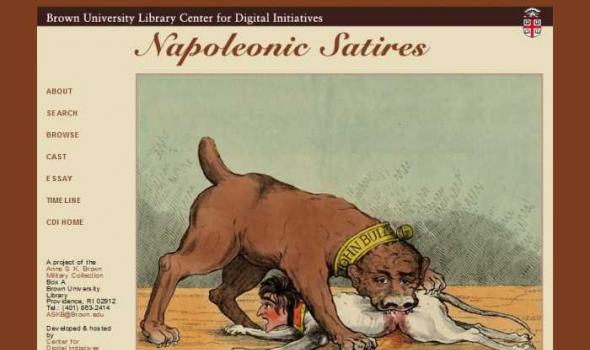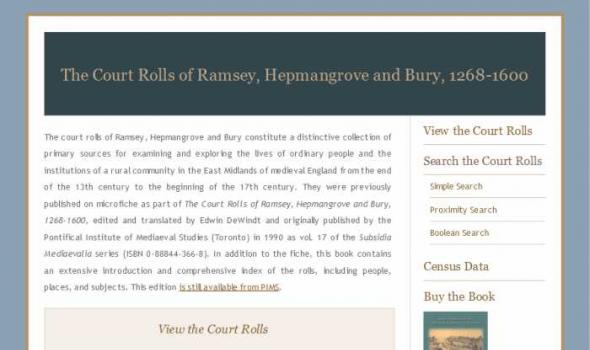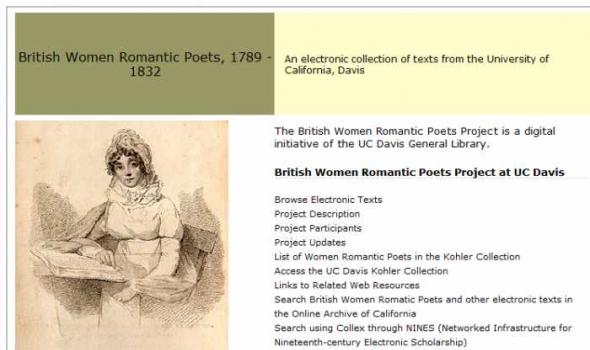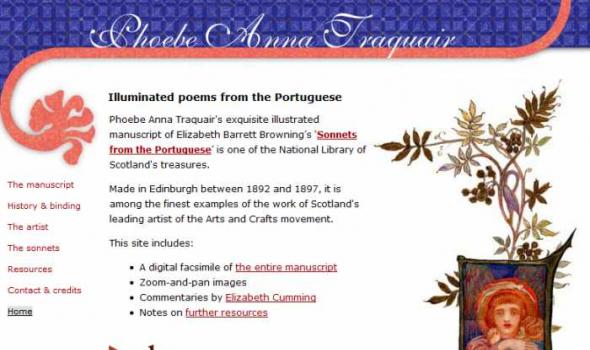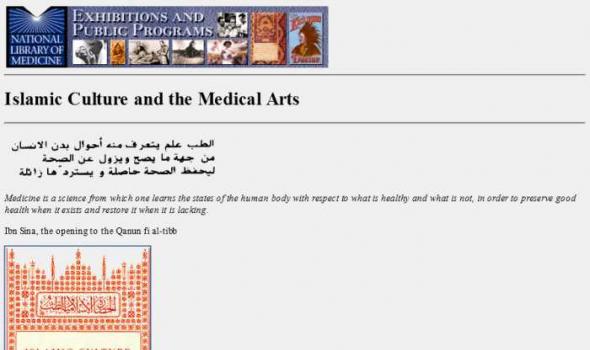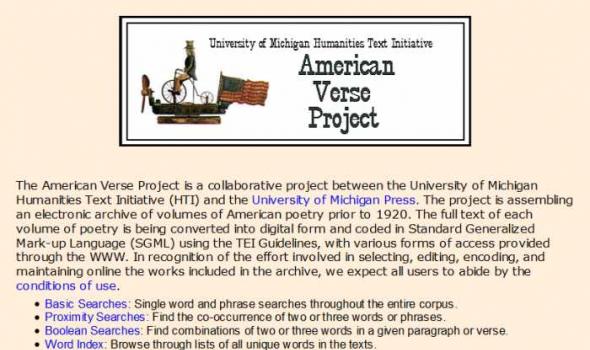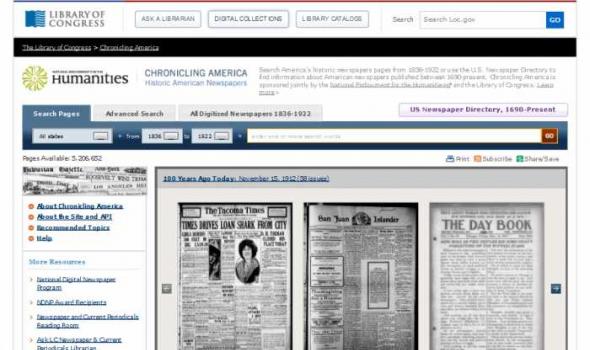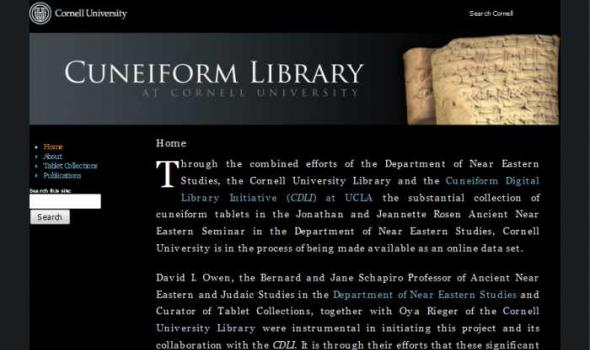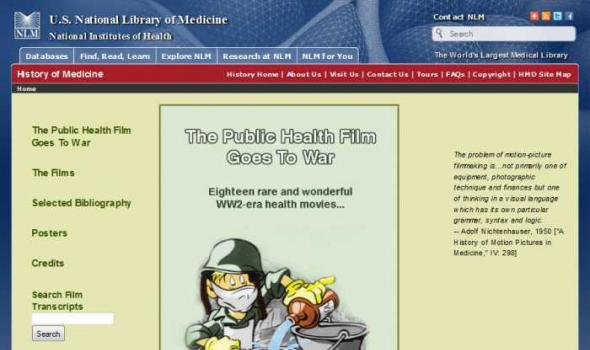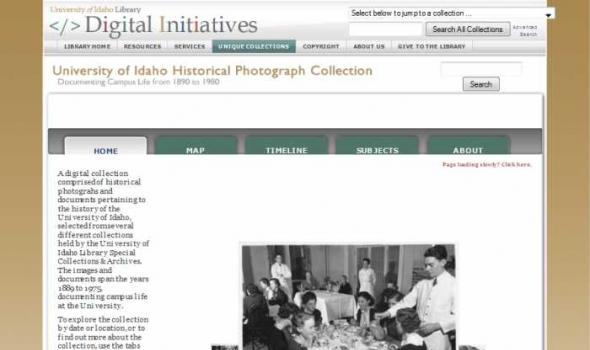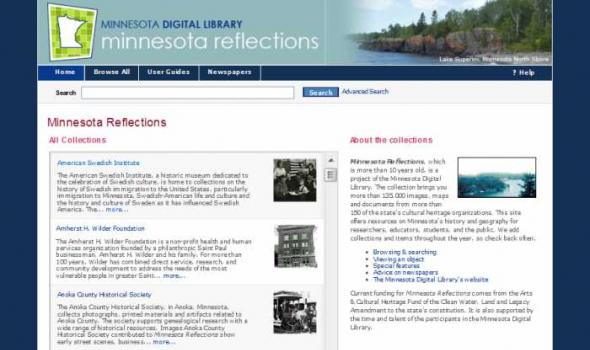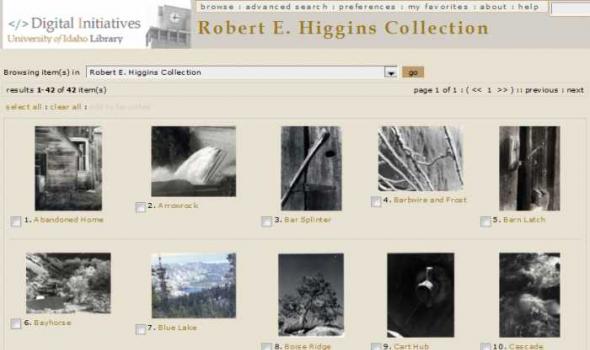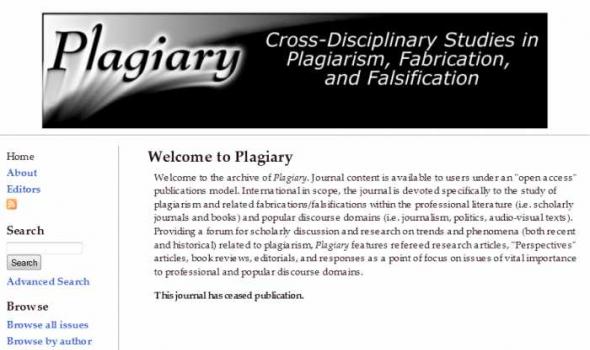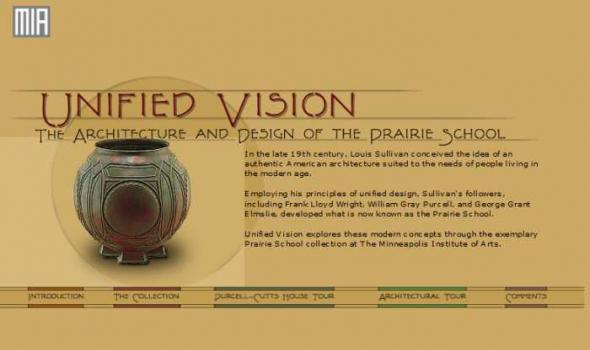Category: United Kingdom
Results
The Red Clydeside period During the period between 1910 and 1932 the city of Glasgow was witness to an unparalleled wave of working class protest and political agitation which challenged the forces of capitalism and also, on occasion, directly challenged the state itself. The events and people who shaped this period forged an enduring legacy which still remains part of the political and social fabric of the city to the present day, and which is known quite simply as Red Clydeside. This turbulent period of industrial, social and political upheaval reinforced Glasgow's reputation as the centre of working class struggle in Britain in the early years of the twentieth century.
The Mitchell Library is one of the largest public reference libraries in Europe. To make its resources more accessible, a selection of photographs and other images of the city has been digitised. This project has been partly funded by the Scottish Office Challenge Fund. These images are just a small selection from those held in Archives and Special Collections in the Mitchell Library (on Level 2) and also from the city's museums. Private owners of images have also kindly lent them for copying. The selected material is of local and historical interest, featuring Glasgow's buildings and streets as well as showing Glasgow's people going about their daily lives.
Voyage of the Scotia 1902-04 The material for Voyage of the Scotia 1902-04 was supplied by the Royal Scottish Geographical Society unless stated otherwise, and was edited and converted to web format at the Centre for Digital Library Research . This resource was developed as part of the Resources for Learning project funded by the New Opportunities Fund digitisation programme. Further resources and 70,000 objects can be found on the RLS site .
Alan Dawson February 2007 The Scottish Mountaineering Club (SMC) was formed in March 1889, with the aim to: "encourage mountaineering in Scotland in winter as well as summer; to serve as a bond of union amongst all lovers of mountain climbing; to create facilities for exploring the less known parts of the country; to collect various kinds of information, especially as regards routes, distances, means of access, time occupied in ascents, character of rocks, extent of snow in winter, etc., and in general to promote everything that will conduce to the convenience of those who take a pleasure in mountains and mountain scenery." The printed journal Soon after its formation, the Club began publishing the Scottish Mountaineering Club Journal, following the successful model of the Alpine Journa
This collection is part of the Glasgow Digital Library and is maintained by the Centre for Digital Library Research at the University of Strathclyde . The resource was developed as part of the Resources for Learning project funded by the New Opportunities Fund digitisation programme. Further resources and 70,000 objects can be found on the RLS site .
Introduction by Anne Posega With these words Hanmer voiced England's growing national pride in Shakespeare, a pride materially represented by the numerous editions which were produced in the 18th century. Different editors argued for their textual emendations in prefaces, footnotes, and advertisements, and the debate fueled layer after layer of criticism and responses. In a similar way, the illustrations in these editions were themselves transforming, starting with the first illustrated edition in 1709. Edited by Nicolas Rowe and printed for Jacob Tonson, The Works of Mr. William Shakespear, in Six Volumes was the first edition to be "Adorn'd with cuts". The illustrations in this edition were generally theatrical in nature, with many looking like illustrations of a production.
About the Collection The OSU Seed and Nursery Trade catalogue collection contains over 2,000 items from 1832 to 1966. While the collection is most comprehensive in its representation of American catalogues from the 1940s, it contains many older examples from North America, Great Britain, and Holland, as well other European and Asian countries. Former agricultural librarian Laura Kelts compiled the collection from various sources in the 1960s and 1970s. At that time, it was stored in a locked room of the science area of the library, where space was at a premium. In 1986, the new Special Collections unit was formed and the collection was moved there, where it resides today. Seed and nursery trade catalogues are lists of seeds or plants available for sale.
About Scholars' Bank Welcome to Scholars' Bank , an open-access digital repository created to capture, distribute and preserve the intellectual output of the University of Oregon. Scholars' Bank is maintained by the University of Oregon Libraries, under the coordination of Digital Library Services . Using the open-source software DSpace, available from MIT and Hewlett Packard, Scholars' Bank provides stable, long-term storage needed to house the digital products of UO faculty and researchers. If you are interested in starting a community or contributing to an existing community contact a Scholars' Bank representative at scholars@uoregon.edu .
History of Medicine In 1816, an Englishwoman still in her teens, Mary Shelley, conceived the story of a scientist obsessed with creating life. Shelley's scientist, Victor Frankenstein, succeeds. But while Frankenstein's creature can think and feel, he is monstrous to the eye. Spurned by all, including Victor Frankenstein himself, the embittered creature turns into a savage killer. In 1818, Shelley's story was published as Frankenstein; or, The Modern Prometheus . This story — both in the original novel and shaped into new forms, such as plays, films, and comics — has captivated people ever since, exposing hidden, sometimes barely conscious fears of science and technology.
History of Medicine Introduction This guide describes the modern manuscript collections concerning Nursing, Midwifery and Obstetrics found in the History of Medicine Division. These collections include lecture notes on midwifery, records of nursing schools and associations, and the correspondence and personal papers of persons involved in the fields of Nursing and Midwifery. Persons mentioned include Francis Henry Ramsbotham and James Young Simpson. A majority of the collections are dated from the nineteenth and twentieth centuries, although there are several collections from the eighteenth century. Subjects are listed alphabetically with an index of terms. Brief descriptions include author of collection, physical description, and call number.
History of Medicine Our exhibit celebrates the medieval manuscript holdings of the National Library of Medicine, particularly our 12th-century English manuscript, Treatises on Medicine, lost for nearly 50 years and recently returned. In its honor, we have focused on medicine and medical literature in medieval England, on the sources and transmission of the manuscript texts, and on their later manifestations. The 12th century, when our manuscript was written, saw exciting developments in many areas of western European culture. New ideas infused the practice of architecture, music, poetry, and theology. The great European universities were beginning to take shape.
History of Medicine Rewriting the Book of Nature Charles Darwin and Evolutionary Theory Charles Darwin’s vision—“from so simple a beginning, endless forms most beautiful and most wonderful have been, and are being evolved”—now forms the foundation of the biological sciences. Radical in sweep, Darwin’s idea of naturally innovating and endlessly changing webs of life undercut all previous sciences. Darwin was instantly seen as a potent sign of a new science, a new way of conceiving the world. His theory was an immediate threat not just to those who were wedded to an older conception, but to all who relied on a given and settled order for meaning and for power.
History of Medicine Harry Potter's World: Renaissance Science, Magic, and Medicine I n 1997, British author J. K. Rowling introduced the world to Harry Potter and a literary phenomenon was born. Millions of readers have followed Harry to the Hogwarts School of Witchcraft and Wizardry where he discovers his heritage, encounters new plants and animals, and perfects his magical abilities. Although a fantasy story, the magic in the Harry Potter books is partially based on Renaissance traditions that played an important role in the development of Western science, including alchemy, astrology, and natural philosophy.
History of Medicine Robert Hooke (1635-1703) was a remarkably versatile man — artist, biologist, physicist, engineer, architect, inventor, and more. However, his crowning glory was Micrographia: or Some Physiological Descriptions of Minute Bodies made by Magnifying Glasses , first published 1665. It was a masterpiece — an exquisitely illustrated introduction to the previously unknown microscopic world. This exhibit focuses on Hooke's influences and legacy in print, the pioneering books that stimulated Hooke's research, and the works he left for others — most famously the great Dutch microscopist, Antoni van Leeuwenhœk (1632-1723). August 1 – November 1, 2007.
A project of the Anne S. K. Brown Military Collection Box A Brown University Library Providence, RI 02912 Tel.: (401) 863-2414 ASKB@Brown.edu Developed & hosted by Center for Digital Initiatives Box A Brown University Library Providence, RI 02912 cdi@brown.edu The Collection The Napoleonic satires housed in the Anne S. K. Brown Military collection of the John Hay Library represent several important gifts made to the library in the 20th century. In addition to the Napoleonic satires located in the military collection bequeathed by Ms. Brown, Paul Revere Bullard (Class of 1897) and William H. Hoffman contributed a variety of significant objects with a Napoleonic theme.
A project of the Anne S. K. Brown Military Collection Box A, Brown University Library Providence, RI 02912 Tel.: (401) 863-2414 Fax: (401) 863-2093 ASKB@Brown.edu Developed & hosted by Center for Digital Initiatives Box A, Brown University Library Providence, RI 02912 cdi@brown.edu About the Anne S. K. Brown Collection This ambitious multi-year endeavor will digitize the 15,000 individual prints, drawings, and watercolors from The Anne S. K. Brown Military Collection. The artwork vividly documents all aspects of military and naval history, with emphasis on the history and illustration of world military and naval uniforms from the 17th century to the present.
A London Provisioner's Chronicle, 1550–1563, by Henry Machyn: Manuscript, Transcription, and Modernization is an electronic scholarly edition created by Richard W. Bailey, Marilyn Miller, and Colette Moore. The Chronicle was one of the treasures of the library of the antiquarian Robert Cotton, and it was stored in the same bookcase with the Beowulf manuscript. Its location was in the book press surmounted by a bust of the Roman emperor Vitellius, and it takes its shelf mark in the British Library from that location: Cotton Vitellius F.v. In the terrible fire that did so much damage to this library in the early eighteenth century, the 162 leaves of the diary were badly damaged and portions of the outside margins and the top of the text were charred or burned away.
This collection of Middle English texts was assembled from works contributed by University of Michigan faculty and from texts provided by the Oxford Text Archive, as well as works created specifically for the Corpus by the HTI. The HTI is grateful for the permission of all contributors. For more information on the source of individual titles, please consult the bibliography. All texts in the archive are valid SGML documents, tagged in conformance with the TEI Guidelines, and converted to the TEI Lite DTD for wider use.
The Court Rolls of Ramsey, Hepmangrove and Bury, 1268-1600 The court rolls of Ramsey, Hepmangrove and Bury constitute a distinctive collection of primary sources for examining and exploring the lives of ordinary people and the institutions of a rural community in the East Midlands of medieval England from the end of the 13th century to the beginning of the 17th century. They were previously published on microfiche as part of The Court Rolls of Ramsey, Hepmangrove and Bury, 1268-1600 , edited and translated by Edwin DeWindt and originally published by the Pontifical Institute of Mediaeval Studies (Toronto) in 1990 as vol. 17 of the Subsidia Mediaevalia series (ISBN 0-88844-366-8).
Goals The British Women Romantic Poet's Project is producing an online scholarly archive consisting of E-text editions of poetry by British and Irish women written (not necessarily published) between 1789 (the onset of the French Revolution) and 1832 (the passage of the Reform Act), a period traditionally known in English literary history as the Romantic period. Selection Criteria Texts are being selected in consultation with our Editorial Advisory Board , consisting of scholars in the United States and Canada. Our aim is to make complete texts available that are not readily accessible from other sources, many of which are not well known, or who are only beginning to be of interest to the scholarly community.
Phoebe Anna Traquair's exquisite illustrated manuscript of Elizabeth Barrett Browning’s ‘Sonnets from the Portuguese’ is one of the National Library of Scotland's treasures.
Made in Edinburgh between 1892 and 1897, it is among the finest examples of the work of Scotland's leading artist of the Arts and Crafts movement.
